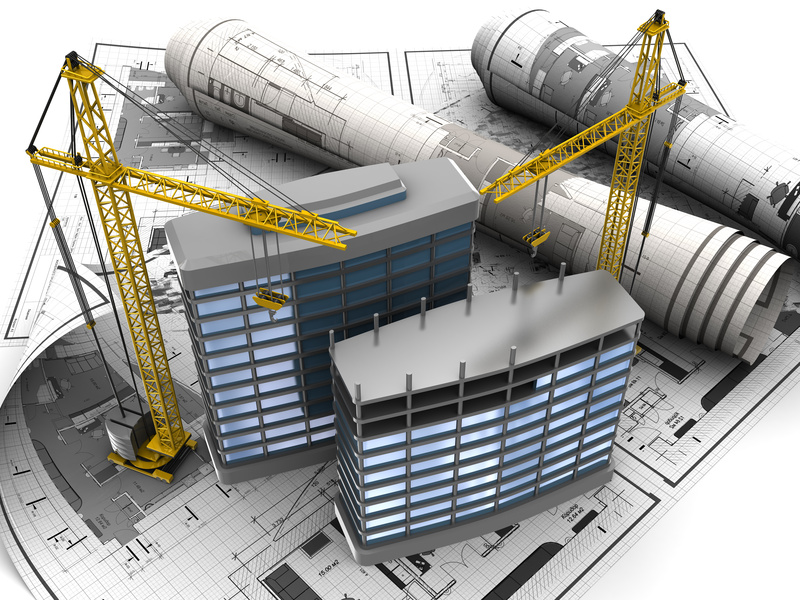
There is a belief that is encouraged particularly among young people that we can become anything that we want to be. And that is generally true, for the most part, but what some people do not realize is that in order to achieve that lofty “anything,” often times there is a great deal of work that must go into a lengthy process of learning, and training, and building up to a certain point. And, of course, different goals will require different skill sets, talents, and necessities. You cannot simply jump in one day at any given job and expect to have all of the knowledge, understanding, or skills required to safely and efficiently get the job done. This is particularly true in the heavy equipment world, which includes the material handling industry.
Being properly trained for work in material handling
Material handling can refer to a vast number of operations, but generally involves the movement of materials over short distances, such as within a building or between a building and some form of transportation. Material handling could mean moving parts and equipment by hand or with the use of heavy automated or semi-automated equipment. Those involved with material handling might be doing more than just moving things from one place to another. Workers might be charged with the protection and storage of materials through the manufacturing process, or they might be dealing with movement of products for distribution or disposal. Whatever the case may be, these workers need to be properly trained and prepared to deal with situations that could arise as a result of dealing with heavy lifting equipment.
Being prepared for any situation
The reason that it is not really feasible to imagine someone untrained stepping into the role of a heavy equipment operator is that these individuals need to be thoroughly trained and prepped for emergency situations. They have learned how to operate machines that could easily hurt or even kill a person if they are not careful enough. Even if the proper care is taken, accidents do happen. A trained operator will not only have the available resources and supplies to do the job correctly and safely, but will know what procedures to follow should an unfortunate accident occur. There are fall protection systems in place for those working in crane services. There are safety nets that can be used in instances involving work higher than 25 feet up and when scaffolds and temporary floors are not in place. These safety measures and many more are in place for the good of the workers and those around them.
Staying safe no matter what
It boils down to respect. The respect that a heavy equipment operator learns to have for the massive machinery around him or her, and the operations of fellow workers in the same workspace. Someone thinking that they could jump in, do a bit of reading in the safety manuals, and have no problem getting the job done safely would be gravely mistaken. The Occupational Safety and Health Administration, commonly referred to as OSHA, uses a process consisting of three steps in order to save lives, prevent harm, and avoid danger. These simple sounding steps are plan, provide, and train. And though they may sound simple, there must be an incredible amount of work, patience, effort, time, and detail that goes into each step.
It might sound like excessive caution to an outsider. But all of that excessive caution has started to pay off. Over time, the injuries and illnesses that workers face have diminished. Back in 1972, there were about 10.9 incidents for every 100 workers. Recent years show that number lowering significantly, down to 3.4 incidents for every 100 people working. Added security measures and proper training are making work environments safer.
